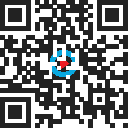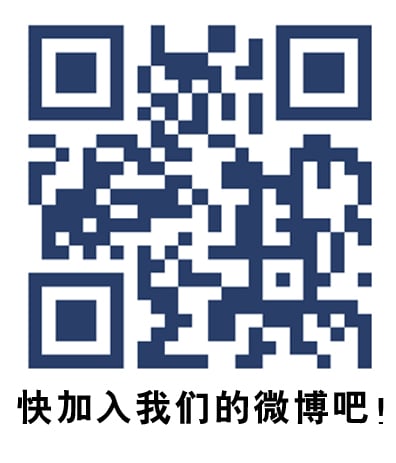Crônicas sobre cabeamento
O que está acontecendo com a Ethernet de par único?
It’s been a few years since the Institute of Electrical and Electronics Engineers (IEEE) introduced the IEEE 802.3cg-2019 single-pair Ethernet (SPE) 10 Mb/s standards. There’s been a lot of industry activity and collaboration surrounding the technology since then — so we thought it would be a good time for an update on the status of Single-Pair Ethernet (SPE).
16 de junho de 2022
5 regras vitais de segurança para trabalhar com cabos de fibra óptica
There are plenty of hazards to watch for when working on commercial and industrial networks. Fiber optic cable can seem safe; it doesn’t carry an electrical charge, and it’s not a heat source. More often it’s a lack of understanding of the real hazards of fiber optic cable that can be the most dangerous safety hazard of all.
31 de maio de 2022
Noções básicas de polaridade de fibra
Polarity defines direction of flow, such as the direction of a magnetic field or an electrical current. In fiber optics, polarity is directional; light signals travel through a fiber optic cable from one end to the other. A fiber optic link’s transmit signal (Tx) at end of the cable must match the corresponding receiver (Rx) at the other end.
19 de maio de 2022
Categorias de cabos Ethernet explicadas: Uma breve história
Millennials who entered the workforce between 2003 and 2016 are accustomed to the digital era: high-speed internet access, smartphones, online everything. And while they’ve definitely experienced advancements in technology during their lifetime, they may not be aware of just how far copper Ethernet cabling has come to make it all possible. We thought we’d start off 2022 with a little Ethernet history lesson for the younger generation and a walk down memory lane for those of us that have been in the industry a bit longer than we’d like to admit.
24 de fevereiro de 2022
9 de fevereiro de 2022
Como testar um transceptor SFP e um cabo de rede
Recently we have been getting questions about how to determine if an SFP (Small Form-factor Pluggable) transceiver is working. We refer to SFP generically here to represent a multitude of the various optical modules that are available. Fluke Networks fiber testers can be used to measure the light that is being put out by an SFP.
21 de janeiro de 2022
Escolha do melhor escopo de fibra óptica para a inspeção de fibra atual
Contaminated connections remain the number one cause of fiber related problems and failures in data centers, campus, and other enterprise or telecom networking environments. But it’s not enough to just clean every fiber end face—there is no way to know if the end face is clean unless you inspect it.
4 de janeiro de 2022
Fibra vs. Cobre até a borda: Por que a fibra é uma escolha crescente para edifícios inteligentes e sustentáveis
For years, we’ve heard about FTTX making its way into the horizontal LAN — fiber to the desktop, fiber to the office, fiber to the enclosure, fiber to the zone, etc. Often referred to as “fiber to the edge” or FTTE, most of these deployments have traditionally been for high-security government environments or specialty applications or devices. Now, as bandwidth requirements continue to increase and the commercial real estate industry is trending towards smarter and more sustainable buildings, the question of using fiber vs. copper is more relevant.
8 de dezembro de 2021
1 de dezembro de 2021
Os seus cabos de fibra óptica e testadores estão prontos para a Ethernet 400G?
Driven by large hyperscale and cloud data center providers, advancements in signaling and transceiver technology have led to the development of next-generation transmission speeds. There are now multiple options available for 400G Ethernet applications over multimode and single-mode fiber with more on the horizon. And it doesn’t stop there—big players like Google, Facebook, and Microsoft are driving innovation to support 800 Gig and 1,6 Terabit applications, and the IEEE Beyond 400 Gig Ethernet Study Group is already defining objectives.
28 de setembro de 2021




